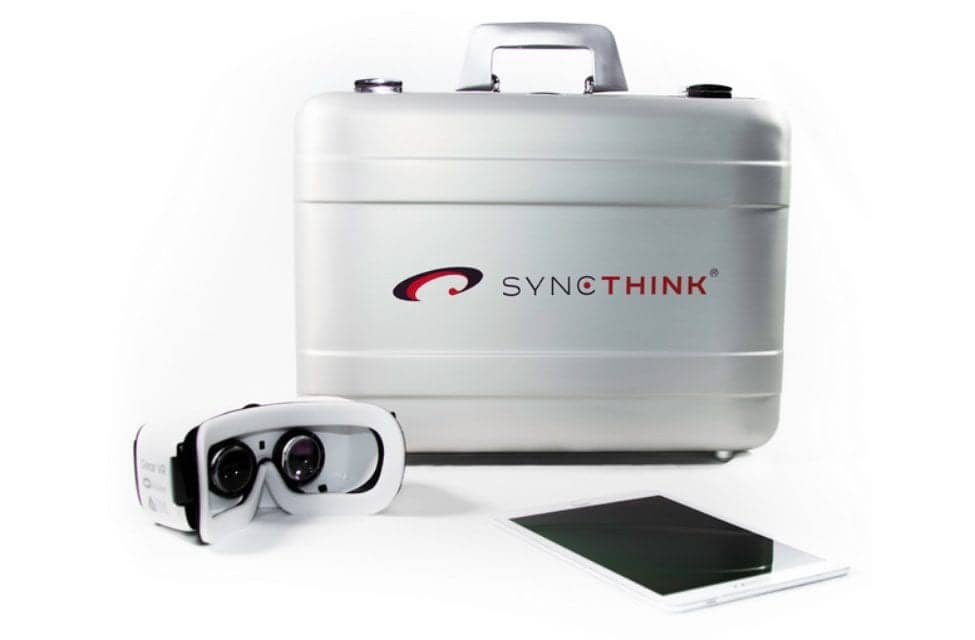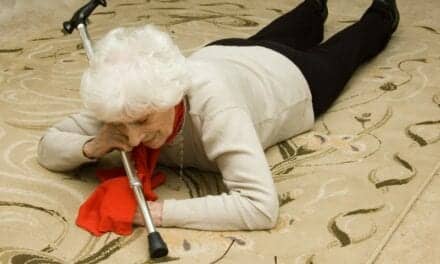SyncThink, creator of the EYE-SYNC technology, announces partnerships with North Boulder Chiropractic and Restoration Neurology, which are implementing the EYE-SYNC technology to support advanced clinical care of patients in their local areas.
North Boulder Chiropractic is an advanced healthcare facility specializing in neurological conditions, athletic injuries, women’s health issues, and family healthcare. Led by Dr David Boynton, the staff utilizes advanced technologies to support both diagnostic and therapeutic decision-making when evaluating patients.
“What impressed me about EYE-SYNC is the speed at which you can get an objective, accurate assessment for neurological function. It is simple to use and demonstrate with immediate feedback,” says Boynton, in a media release from SyncThink.
“Within 3 minutes I have a level of certainty, as does the patient/athlete, for initial assessment and tracking progress. The information received from the EYE-SYNC specifically directs treatment for superior outcomes. The tool comes out of Stanford University and is backed by Stanford research neuroscientists,” he adds.
Restoration Neurology is a boutique practice based in the Atlanta area that specializes in the care of patients with headaches, memory disorders, and traumatic brain injuries. Since September 1, the practice has been using EYE-SYNC technology to evaluate and treat the visual and vestibular systems.
The practice is led by Dr Angela Ashley-Caporale, who has 20 years of experience in the Emory University Department of Neurology as Director of the Memory Disorders Clinic at Grady Memorial Hospital.
“Our decision to add this new technology for the diagnosis and treatment of the vestibular and visual systems came after thoroughly exploring all available options in the market. Eye-Sync was clearly the superior product and has been a valuable addition to the care of our patients,” Ashley-Caporale says, the release continues.
EYE-SYNC is engineered to use high speed, high-fidelity infrared cameras to capture the subtlest eye movements, many of which cannot be observed through a standard clinical evaluation. Depending on the type of eye movement, a clinician can utilize this objective analysis to decipher between systems involved that may be performing poorly or are impaired.
The technology was recently designated by the FDA as a Breakthrough Device for aid to concussion assessment, recognizing the potential to solve an important unmet need, the company notes.
[Source: SyncThink]





